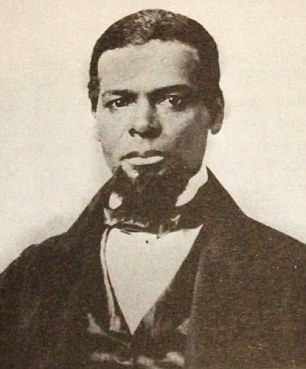
Andrew Williams started Seneca Village. On September 27, 1825, he purchased three lots of land from John and Elizabeth Whitehead for $125.00. Two lots were on the north side of 85th Street between Seventh and Eighth Avenues. The third lot was on the south side of 86th Street.
The Manhattan Square Benefit Map, hand drawn by Gardner Sage in about 1838, shows Andrew Williams’ lots on the right. When this map was made, Williams had lived in Seneca Village for thirteen years. His lots can be seen on the right.
If you’ve looked at the IPSS, you’re ready for the “case study” of Andrew Williams in this interactive research section.
A case study focuses on someone or something in great detail in order to find out more about the subject. Conclusions are drawn based on making hypotheses (theories and guesses based on assumptions), asking questions, and by thorough examination of supportive materials.

In this case study, all questions and activities deal with the life of Andrew Williams and his family during their residency in Seneca Village. Challenge yourself by doing some of the activities and answering the questions that are based on the evidence provided in this section.
Background on Andrew Williams

Andrew Williams has been credited with starting Seneca Village.
On September 27, 1825, he purchased three lots of land from John and Elizabeth Whitehead for $125.00. Two lots were on the north side of 85th Street between Seventh and Eighth Avenues. The third lot was on the south side of 86th Street.
The Manhattan Square Benefit Map, hand drawn by Gardner Sage in about 1838, shows Andrew Williams’ lots on the right. When this map was made, Williams had lived in Seneca Village for thirteen years. His lots can be seen on the right.
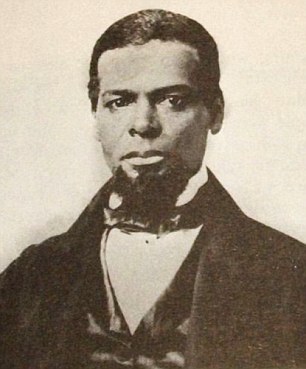
Andrew Williams first black land owner
This is the Central Park Condemnation Map, hand drawn in 1856 by Gardner Sage to determine the amount of compensation due the property owners. When this map was made, Williams still lived on the property he had purchased thirty-one years earlier.
According to the 1855 census, Williams was living there with his wife, children, in-laws, and grandchildren.
Andrew Williams was a “boot black” when he purchased his land. A boot black was a person who shined shoes for a living. In the nineteenth century, people of African ancestry often worked in occupations that provided personal services (i.e., shining shoes, selling and marketing goods) or as laborers.
By 1855, Williams was a cartman. Cartmen were licensed by the mayor’s office and were responsible for hauling goods and merchandise around the city. Previously limited to white men, licenses had only recently become available to African Americans when Williams became a cartman. It was a step up the economic ladder.
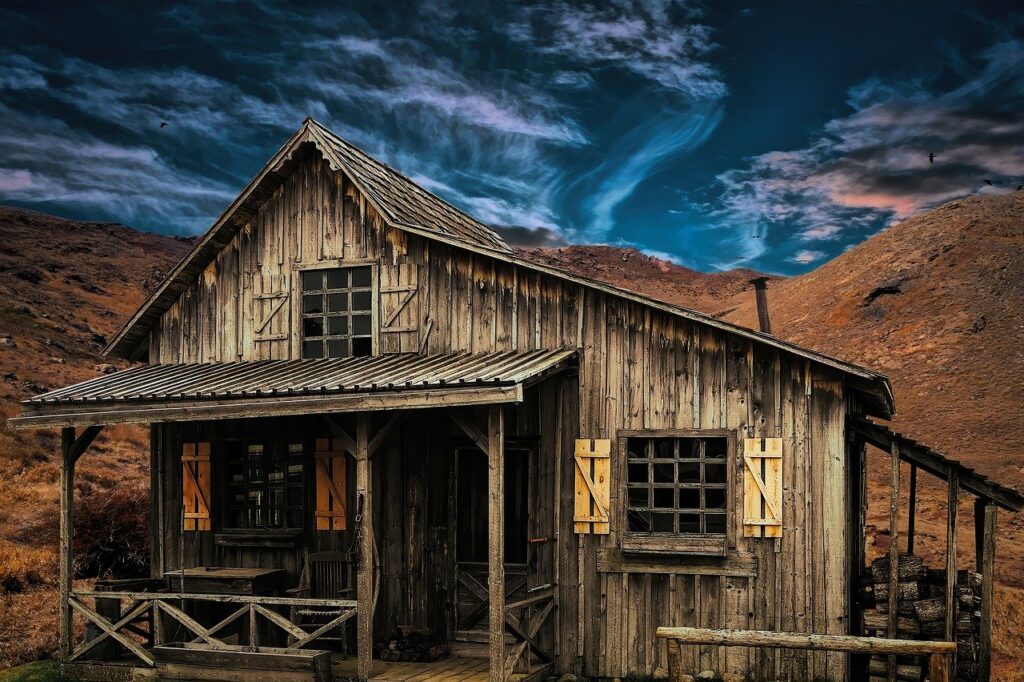
The African Methodist Episcopal Zion Church Branch Militant was an important part of Andrew Williams’ life, and as a trustee he was responsible for buying and maintaining property. He was an activist who worked with others to establish organizations that would “uplift the race.”
The Sad Tale Behind Central Park’s Destruction of Seneca Village
He was a member of the African Mutual Relief Society, an organization that looked out for the welfare of its dues-paying members. Such societies offered financial assistance to the survivors of deceased members, paid for funerals, and helped families when the head of the household was unemployed. Williams was also active in the suffrage movement, which fought to give African American males the right to vote.
After a period of decline in the early 20th century, New York City parks commissioner Robert Moses started a program to clean up Central Park in the 1930s.
https://www.nyhistory.org/seneca/williams.html
New York city had the largest number of people reporting as Black with about 2.3 million, followed by Chicago, 1.1 million, and Detroit, Philadelphia and Houston, which had between 500,000 and 1 million each.

Distribution of the U.S. Black Population
- Blacks are the second largest minority population, following the Hispanic/Latino population.
- The 10 States with the largest Black population are Florida, Texas, New York, Georgia, California, North Carolina, Illinois, Maryland, Virginia, and Ohio.



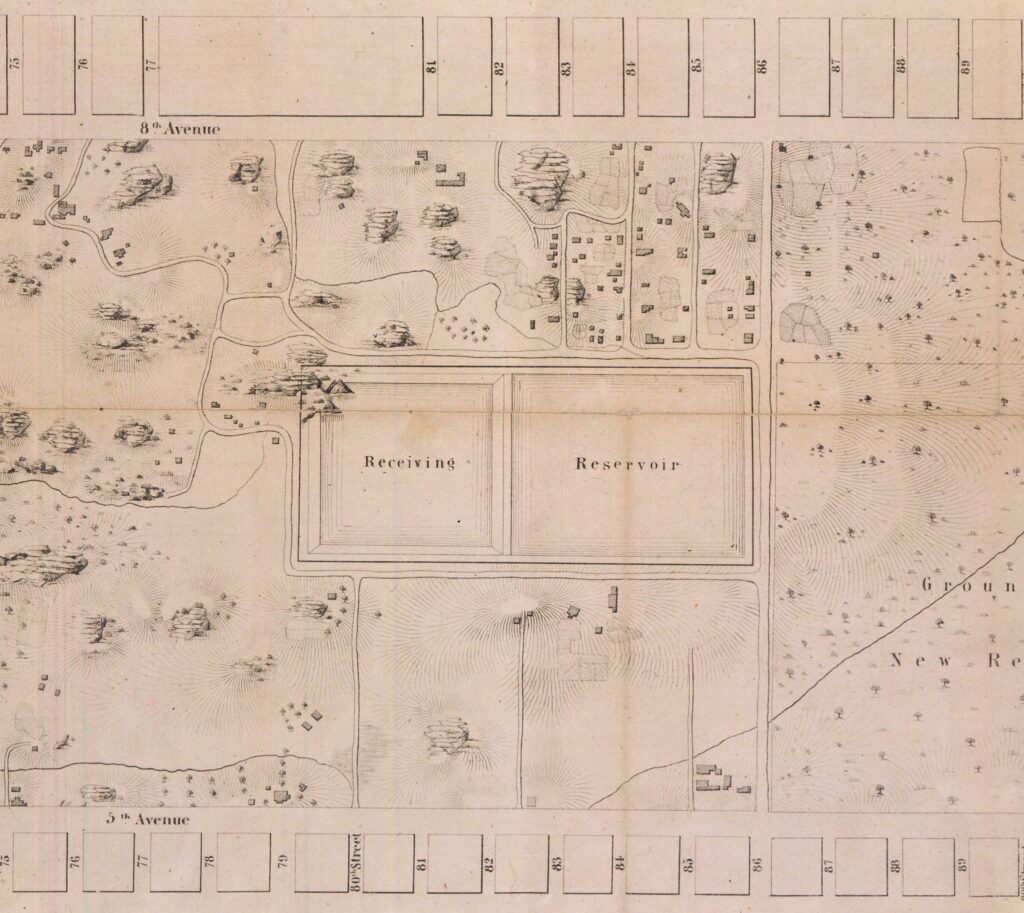
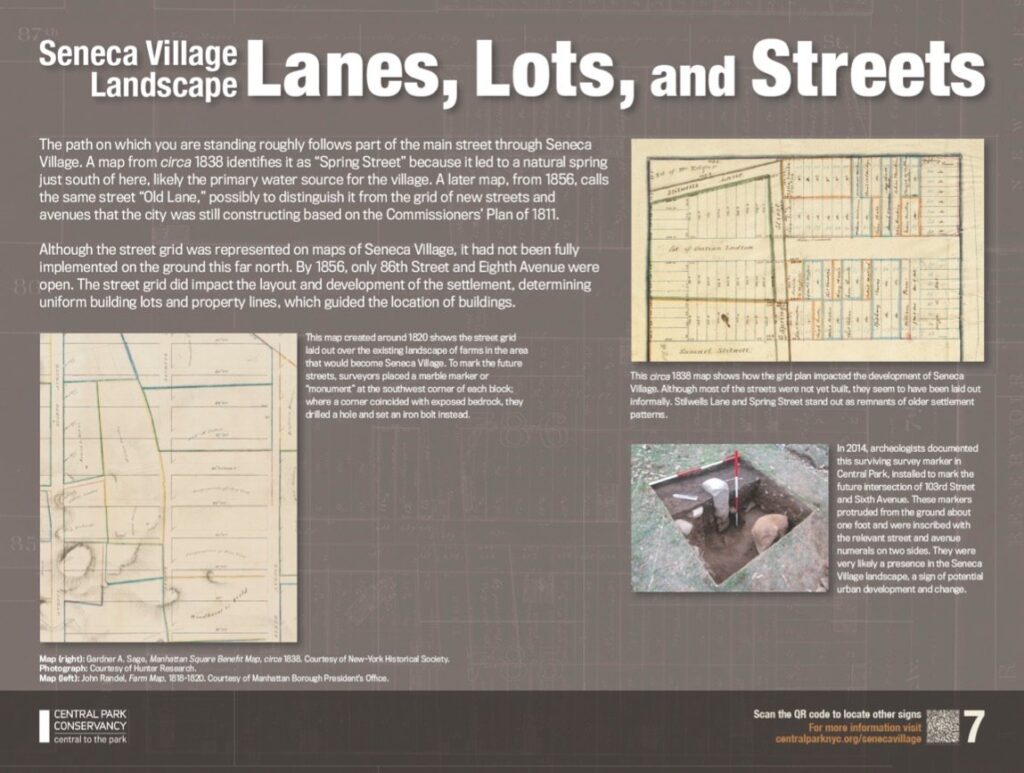

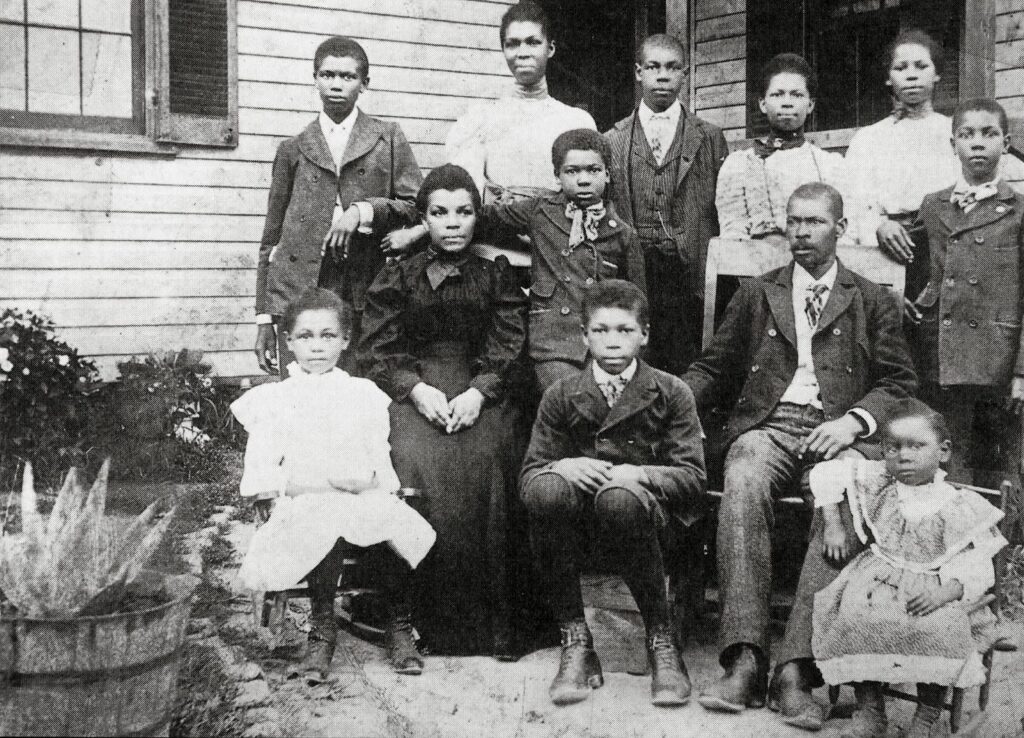
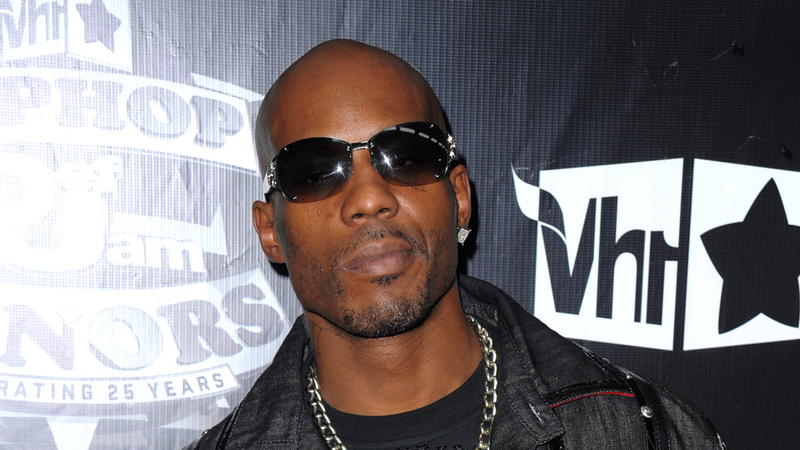


 Trump administration offers to pay plane tickets, give stipend to self-deporting immigrants
Trump administration offers to pay plane tickets, give stipend to self-deporting immigrants  The Force Awakens: Aiden Anderson’s Rise in Dallas Amateur Boxing
The Force Awakens: Aiden Anderson’s Rise in Dallas Amateur Boxing  Tesla’s Cybertruck Will Rapidly Depreciate From Now On
Tesla’s Cybertruck Will Rapidly Depreciate From Now On  Was it really about the Lil Wayne Concert
Was it really about the Lil Wayne Concert  Black Chicago Activists Blast Mayor Brandon Johnson for “Replacing” Them With Migrants
Black Chicago Activists Blast Mayor Brandon Johnson for “Replacing” Them With Migrants  Migrants desperately digging through trash bins for food as they live out of buses in Chicago
Migrants desperately digging through trash bins for food as they live out of buses in Chicago  Sofia Llamas: A Force for Good in Colorado – Igniting Hope and Empowering Communities
Sofia Llamas: A Force for Good in Colorado – Igniting Hope and Empowering Communities  Thomas Edward Patrick Brady Jr, Shedeur Sanders, Travis Hunter, Shilo Sanders, Jimmy Horn Jr, Global Don, and more
Thomas Edward Patrick Brady Jr, Shedeur Sanders, Travis Hunter, Shilo Sanders, Jimmy Horn Jr, Global Don, and more